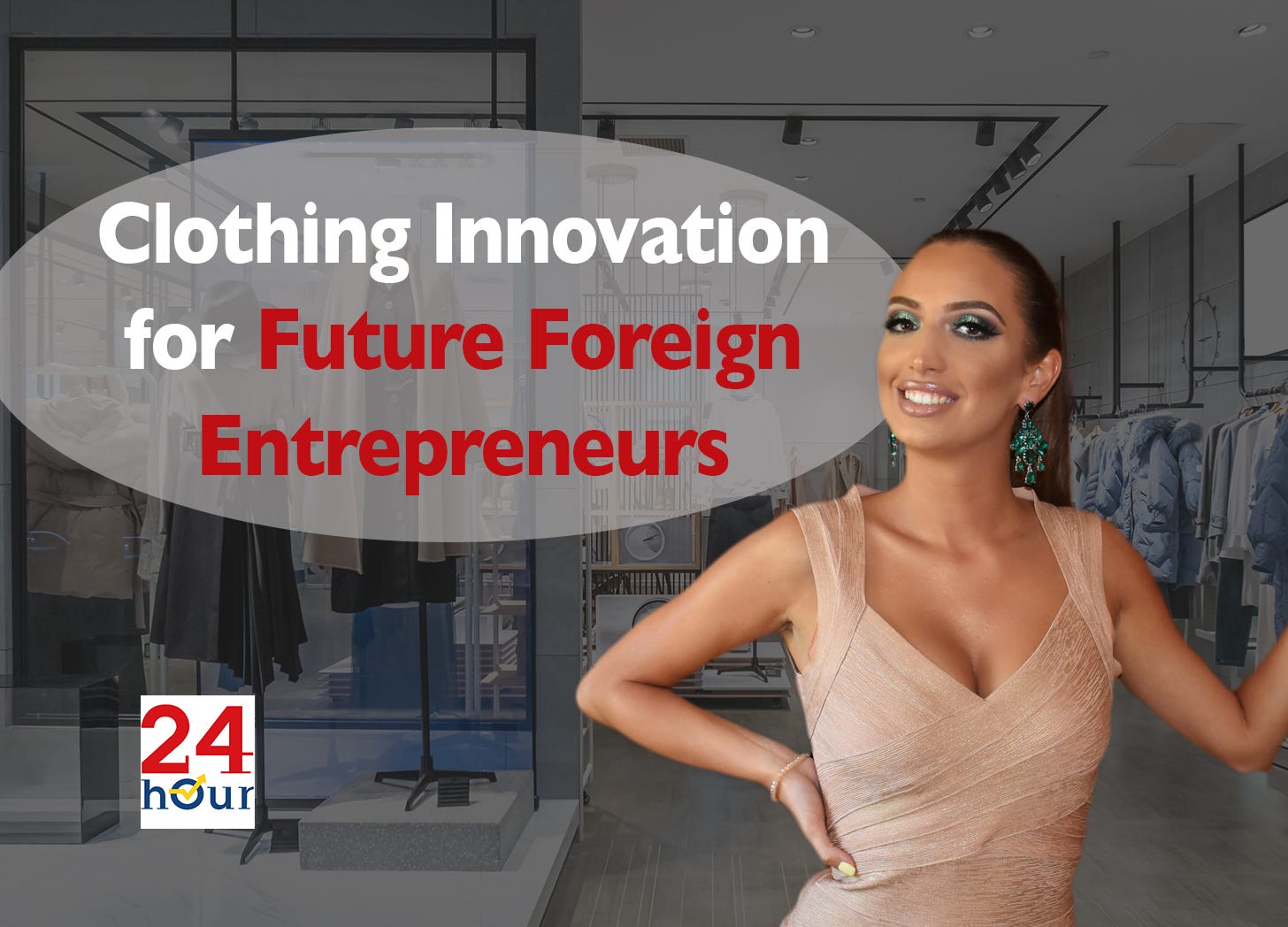The Possibilities for Clothing Innovation in Central and Eastern Europe
The shipping fee for the non-EU Balkan countries is usually quite high, and with that also come high taxes and pretty vague border control regulations that are often taken advantage of.
They say that clothes can make or break you, and that looks represent a very important aspect of how people perceive you. Many people in business, entertainment, and especially fashion-related industries will agree that the outfit is one of the deciding factors for first impressions. Some may find it superficial or vain, but the fact that fashion is a statement-making social force cannot be denied.
But how much power do clothes hold in the countries of Central and Eastern Europe? Are the price tag and the label all that matters, or do people generally aim for a timeless style that doesn’t bow down to trends? If you’re a future entrepreneur exploring the idea of a fashion-related business in this part of Europe, you’ll want to stick to the end of this guide.
The Near-Absence of Luxurious Experience
The financial reality of Central and Eastern Europe is no secret, and with the massive post-COVID inflation - the word luxury is almost frowned upon. However, this isn’t true for everyone, as there are people whose personal style, profession, and principles will never allow them to neglect their shopping addiction.
That being said, frequent consumers of high-end retail therapy in this part of Europe will usually go on their shopping sprees elsewhere, usually during their trips to Western Europe and the United States. It is mainly about the experience: the glitz, glamour, personal shopper, and champagne of, say, Bloomingdales and The Trafford Centre.
This kind of shopping experience simply isn’t as prominent in Central and Eastern European countries. Yes, you can treat yourself to Dior, Burberry, and Levi Strauss, but mostly in stores that combine numerous luxurious brands into one. The focus isn’t on the presentation and luxurious feel, which many shoppers crave.
While luxury shopping isn’t completely neglected, it is my observation that it hasn’t been as explored and exploited as it could be. The Central-Eastern European market certainly has room for luxurious malls, independent brand stores, and luxury boutiques that offer more than just clothes on the rack and focus on the art of presentation.
The Rise of Social Media Shopping Experience
Keep reading with a 7-day free trial
Subscribe to 24Hour Journal to keep reading this post and get 7 days of free access to the full post archives.




